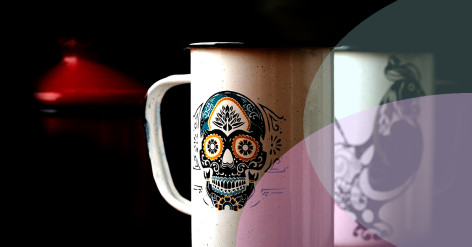DIY Terrariums: A Beginner's Guide

What You Need
If you're looking to add some greenery to your home or workspace but don't have a lot of space to work with, terrariums may be the perfect solution. Terrariums are small, enclosed ecosystems that require very little maintenance, making them the ideal option for beginner gardeners.
Here's our beginner's guide to creating your own DIY terrarium.
Container
Soil
The first thing you need is a container. Terrarium containers come in all shapes and sizes, but the most common shapes are globes, cylinders, and cubes. You can find a container at your local garden center or online. Make sure that your container has an opening so that you can easily access the plants inside.
Plants
Next, you'll need soil. Succulent or cactus soil is the best choice for most terrariums since it provides good drainage.
Related articles
Decorative Elements
You'll also need plants. Succulents and cacti are the most popular choices for terrariums since they require very little water and can tolerate a wide range of temperatures. Some other great options include air plants, ferns, and moss.
How to Build Your Terrarium
To create a visually appealing terrarium, you may want to add some decorative elements like rocks, sand, or pebbles. These elements will not only look great but will also help with drainage.
Tips for Maintaining Your Terrarium
- Start by adding a layer of rocks or pebbles to the bottom of your container.
- Next, add a layer of activated charcoal. This will help to keep your terrarium fresh and prevent mold and bacteria from growing.
- Add a layer of soil on top of the charcoal.
- Now it's time to add your plants. Arrange them in the soil, making sure to leave enough space between them so that they have room to grow.
- Add any decorative elements you want to include.
- Finally, give your terrarium a light watering, being careful not to over-water.
- Terrariums don't require a lot of maintenance, but you'll want to make sure to keep the soil lightly moist.
- If your terrarium starts to look foggy, remove the lid for a few hours to allow excess moisture to escape.
- If you notice any dead leaves or plants, remove them promptly to avoid mold or bacterial growth.
- If your plants start to outgrow your terrarium, it's time to transplant them to a larger container.
Creating your own terrarium is a fun and rewarding project that can bring a little bit of nature indoors. With just a few simple supplies and some creativity, you can create a beautiful and low-maintenance terrarium that will thrive for years to come.
Interested in learning more about terrariums? Check out The Spruce Crafts for more DIY terrarium ideas and inspiration.





